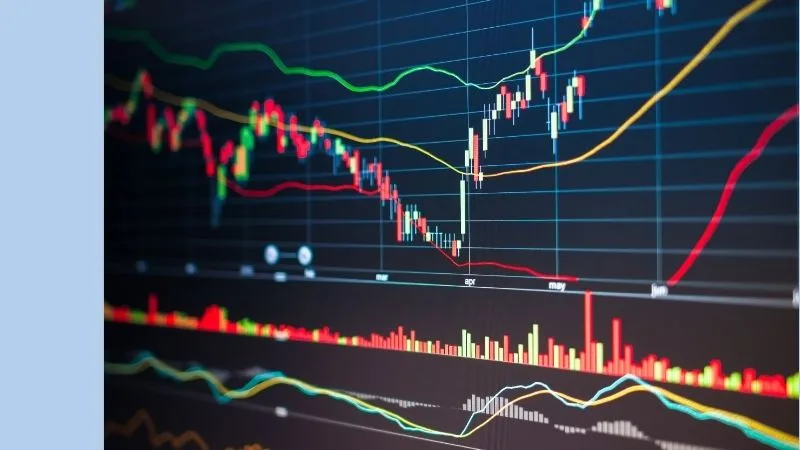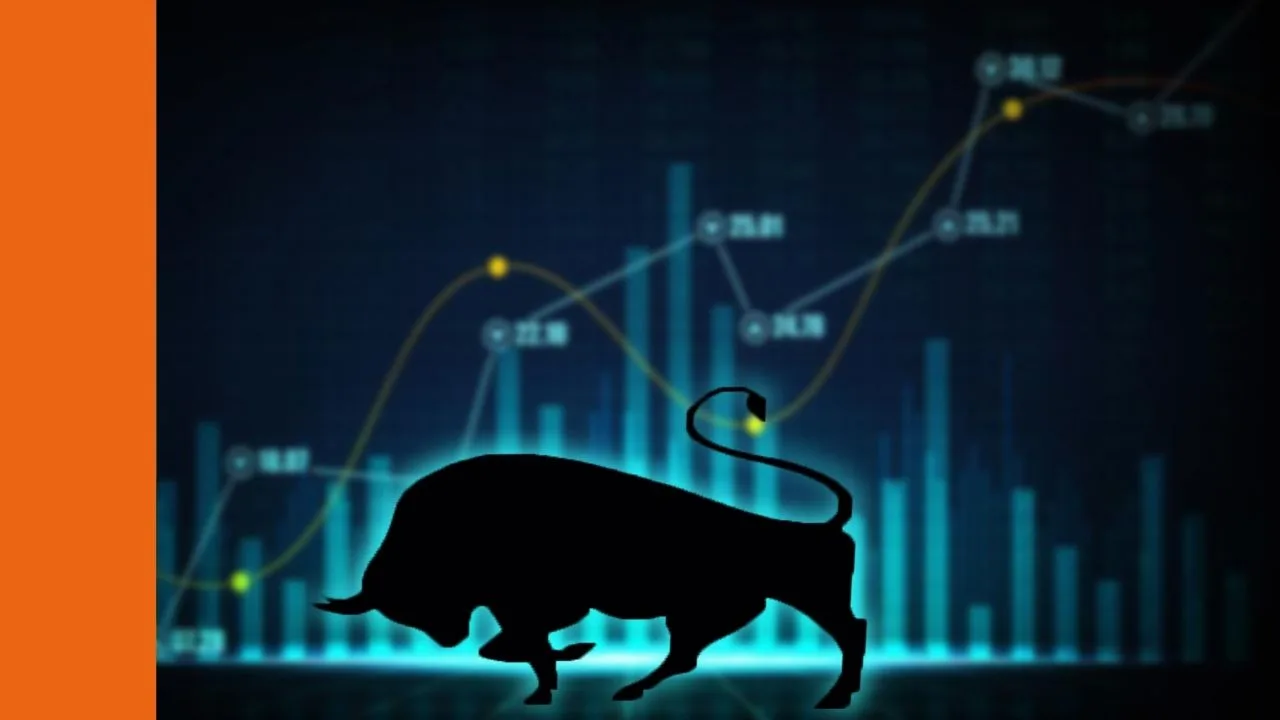The BHP Group Ltd (ASX: BHP) share price is close to its low for 2023, so this could be an opportunity. Is the ASX mining share a buy?
As a mining business, it’s not surprising to see large swings of the share price in a relatively short amount of time because of how quickly the resource price can change.
BHP share price
What’s going on?
Part of the decline can be attributed to the fact that it recently went ex-dividend, which means that if an investor buys BHP shares on the ex-dividend date or afterwards, they will not receive the upcoming dividend of $1.25 per share which was announced with the FY23 result.
The BHP shares aren’t worth quite as much to investors without the dividend as with the upcoming dividend.
That FY23 report I just mentioned saw a big fall in the profit, though it was still solid. Underlying EBITDA (EBITDA explained) fell 31% to US$28 billion, profit from operations declined 33% to US$22.9 billion and attributable profit sank 58% to US$12.9 billion.
There’s a lot of commentary surrounding China which suggests that the economy is facing slow growth for a while, which could mean slowing demand for commodities like iron ore and copper. This could be disappointing in the short-term, but it can also be a buying opportunity when the outlook looks gloomy for the resources sector – that’s when the BHP share price normally falls.
Is the BHP share price an opportunity?
Trading Economics data says that the iron ore price is currently above US$115 per tonne.
At this price point, BHP can still make plenty of profit – its average realised price for iron in FY23 was US$92.54 per wet metric tonne (wmt).
BHP said:
In China, steel production was running at ~1,080 Mtpa in the first half of CY23, with solid demand from infrastructure, power machinery, autos and shipping, offsetting weakness in new housing starts and construction machinery. As we have seen in prior years, it is possible that we will see policies limiting steel production in China in the second half of CY23. However, at this stage it appears that China is on the way to producing more than 1 Bt of steel for the 5th consecutive year. That is consistent with our long-held view that China’s steel production would sit at a plateau in the 1.0 to 1.1 Bt range in the first half of the 2020s.
Further growth is expected in India, which we forecast will produce around 135 Mt in CY23, a 35% increase since the beginning of the decade. The Indian government is targeting 300 Mtpa of steel-making capacity by 2030.
In the medium term, China’s demand for iron ore is expected to be lower than it is today as it moves beyond its crude steel production plateau and the scrap to-steel ratio rises, though we expect demand for our products from elsewhere in developing Asia will offset this to a degree.
Copper demand is expected to slowly but steadily grow in the coming years as decarbonisation ramps up and the requirements for electric vehicles and electricity transmission increases.
I like the direction that the business is heading towards greener commodities, such as potash.
For investors interested in the business, I think it’s a good time to consider buying, though I’d prefer to buy under $40 if pessimism intensified about iron ore and China.
I believe the dividend income will continue to be good, so at this lower BHP share price the dividend yield gets a boost.







